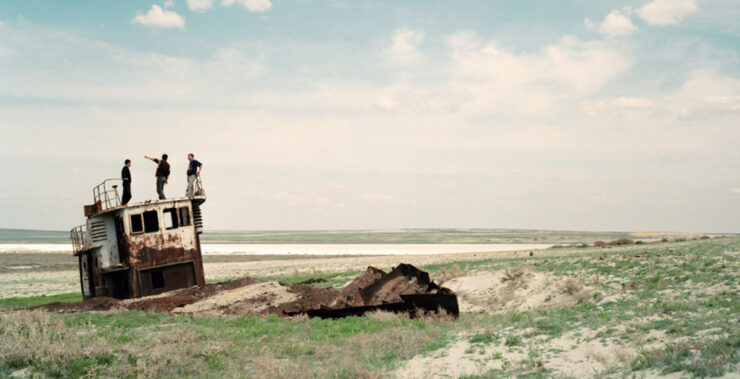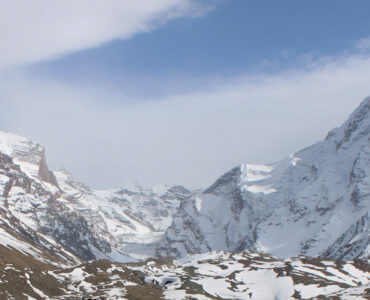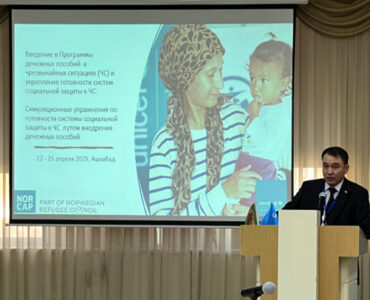As Central Asia is facing droughts, water scarcity, and aims to implement water-saving measures, Prof. Olli Varis from Aalto University, Finland has called for action in an article entitled “Resources: Curb vast water use in Central Asia” back in 2014 in the journal Nature.
In the last century, Central Asian republics were agricultural hubs for supplying food and cotton for the Soviet Union. Today, these nations have some of the highest per capita water usage rates globally. Turkmenistan is a number one country in the world with around 5500 m3 per capita, almost 3 times higher than that of the next highest user country Iraq. Other Central Asian nations rank within the top 20 per capita water users.
Comparing water use intensity on an economic activity basis, all but Kazakhstan is in the top 20. Turkmenistan ranks 6th with almost 2 m3/US$ of GDP. With more than 90% of water in the region used for irrigating water-intensive crops like cotton and wheat, inefficiency and ineffectiveness of water use is evident.
Tensions in the region
Water disputes have already risen in the region around access to shared water bodies in the Syr Darya and Amu Darya River basins, Zarafshon river basin, with Turkmen-Uzbek disputes around the Nurek dam. As the situation worsens, more instability may follow.
The Altyn Asyr project in Turkmenistan, where an artificial lake is being created, poses further risks. The water is supposed to be drawn from Amu Darya which will surely cause conflicts downstream with Uzbekistan, while also exacerbating soil salinization problems in both countries.
Donate to support Turkmen analysts, researchers and writers to produce factual, constructive and progressive content in their efforts to educate the public of Turkmenistan.
SUPPORT OUR WORKChallenging the myths
There are two main misconceptions that arise when discussing water resources in Central Asia. First is the shortage of water itself. Despite the arid climate, the Central Asian countries have plenty of water for their relatively small populations. Annual freshwater availability per capita from Amu Darya and Syr Darya river basins are above the water shortage definitions of the UN, with 2087 m3 and 1744 m3 available from each, respectively.
Second fallacy is that the solution to the water shortage problem lies in agriculture. The author argues that as the role of agriculture in the GDP declines and the population moves to urban areas, Central Asia should shift its focus from agriculture and fossil fuel extraction to other economic activities.
Solutions
The author argues that to avoid full-scale regional conflict and promote economic growth nations need to find common ground and reduce reliance on water-intensive industries. Utilizing untapped human resources and favorable geographic position of the region are part of the solution. Governments should adopt policies to attract investments and maintain and enhance high standards of education. India, China, South Korea, and some other ex-Soviet states that created knowledge-based economies from scratch should be taken as a benchmark for sustainable development.






